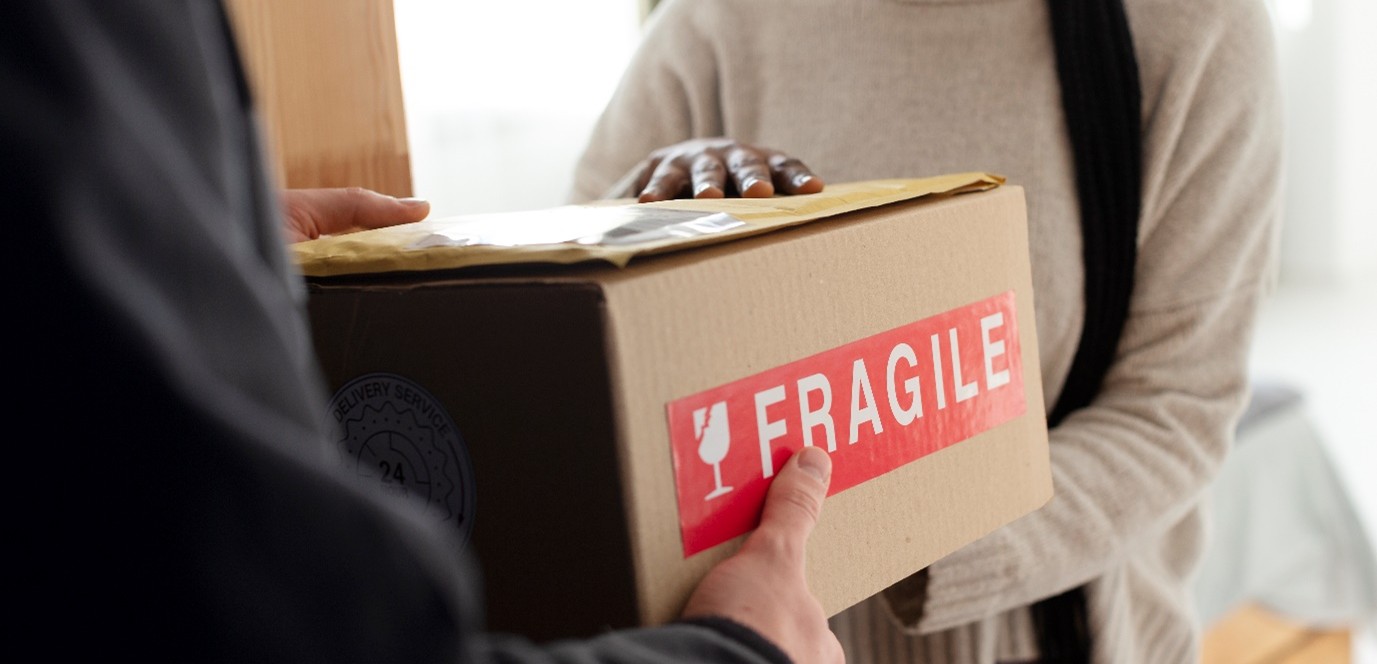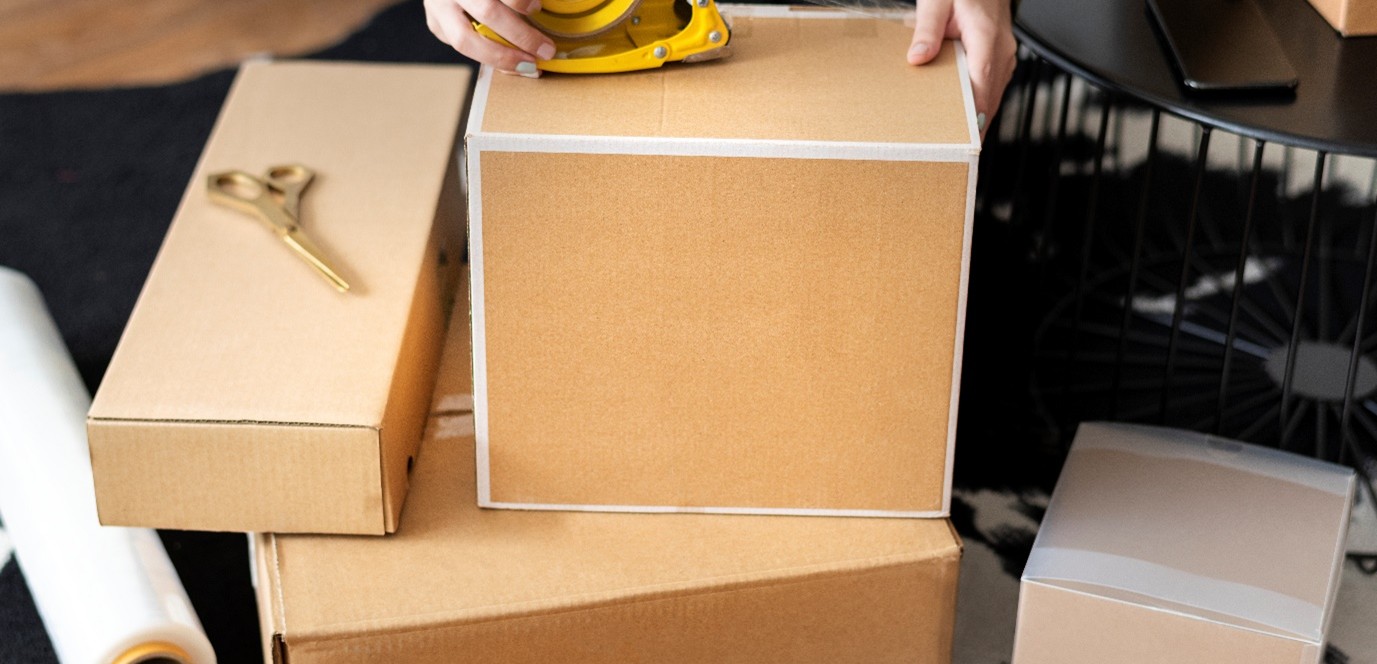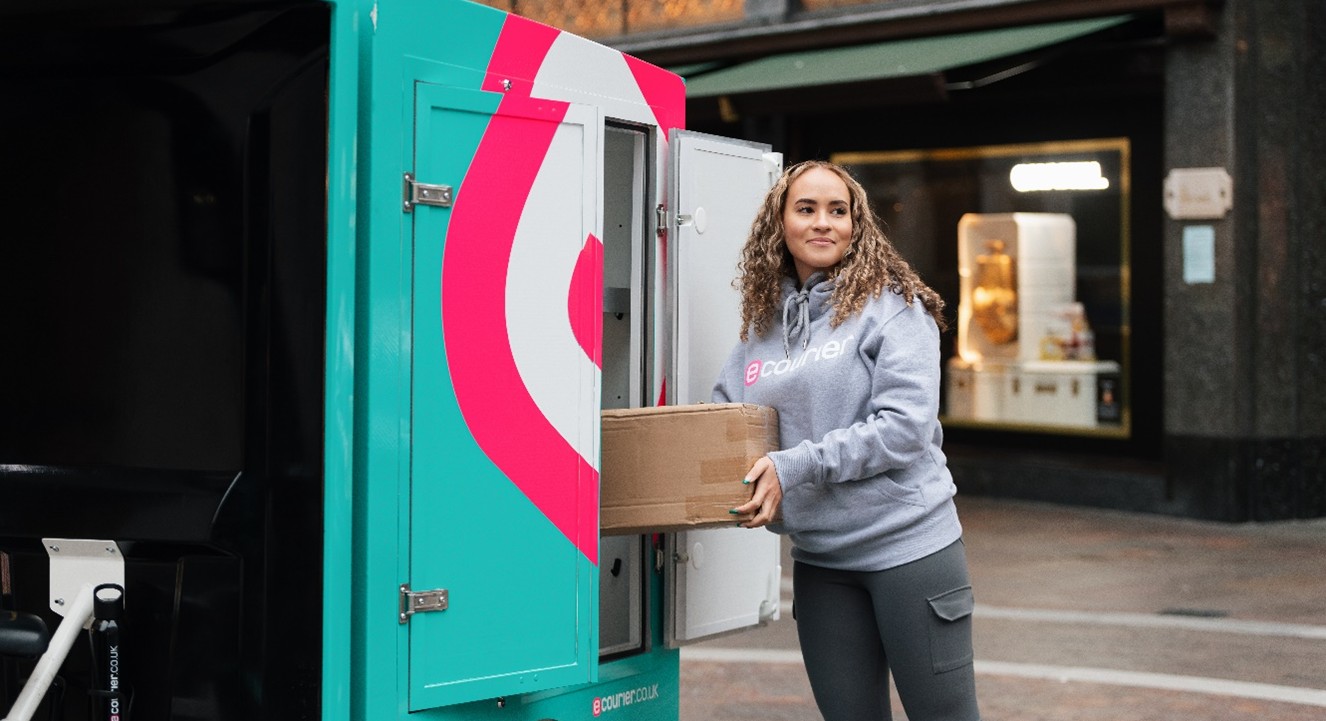
The Do’s and Don’ts of delivering Fragile Items
Even the most organised operations can face a curveball. When a client requests a last-minute delivery of a fragile, high-value item, things can get a little tense. And if that item arrives damaged? It’s more than just an inconvenience – it could impact your reputation. The good news? There are smart ways to minimise risk. Here are our top tips to help ensure your fragile consignments arrive safely, every time.
Handling Fragile Deliveries: Best Practices for Senders
When you’re shipping delicate or high-value goods, taking a few extra precautions can make all the difference. Here’s how to give your fragile items the best possible chance of arriving in perfect condition:
- Keep your courier in the loop – Start by letting your courier know that you’re sending something fragile. A quick heads-up allows the operations team to brief the driver with specific handling instructions like “keep upright” or “do not bend.” It also gives us the chance to recommend the right service or vehicle for your item. Not sure which option suits you best? Our customer service team is always happy to help with tailored advice.
- Pack like a pro – While it may seem obvious, poor packaging is one of the most common causes of damage in transit. Use strong boxes, plenty of bubble wrap, and label each parcel with “Fragile” stickers. For items that are particularly breakable, allow at least 5cm of padding on all sides. And don’t forget to seal the box securely – this helps guard against both impact and potential liquid damage.
- Label clearly and accurately – A well-labelled parcel is a well-travelled one. Always double-check that the delivery address is correct, and make sure the labels are legible and securely attached. If there are special handling instructions, speak directly with your courier – relying on labels alone isn’t always enough. The clearer the instructions, the quicker and smoother the delivery.
- Choose a courier you can count on – At eCourier, we’ve been delivering for businesses across the UK and beyond for over 20 years. Whether it’s same-day, next-day, or international, our experienced team is here to ensure your parcels travel safely from A to B. Need to share special instructions for a same day delivery or require general advice? Just let us know – we’ll always go the extra mile to get it right.

Fragile Freight: What Not to Do
When it comes to shipping delicate items, knowing what not to do is just as important as following best practices. Avoid these common pitfalls to keep your goods protected from A to B:
- Don’t rely solely on “Fragile” labels – It’s a common misconception that sticking a “Fragile” sticker on a box guarantees special handling. In reality, with the volume of parcels moving through busy depots and delivery networks, secure packaging is your first and best line of defence. Labels help, but they’re no substitute for proper cushioning and a sturdy seal.
- Don’t skip internal padding – Wrapping the item itself is a good start—but it’s not enough. Empty space inside a box is your enemy. Without sufficient internal padding, fragile items are vulnerable to knocks, drops, and pressure from other parcels. Fill the gaps with cushioning materials to absorb shock and prevent movement in transit.
- Don’t overlook the weather – The weather isn’t always front of mind, but it should be. Rain, heat, and humidity can all impact the condition of your delivery. Make sure packaging is water-resistant and items are wrapped in protective materials to keep moisture—and temperature extremes—at bay.
- Don’t cut corners on sealing – A weak seal is one of the fastest ways to ruin a delivery. Low-grade tape and flimsy cardboard won’t hold up under pressure. Over time—or even just a short journey—tape can lift and boxes can open. Use high-quality materials and secure all seams to ensure your parcel stays sealed and protected throughout its journey.
At the end of the day, how you package your fragile items plays a vital role in the success of their journey. Clear labelling and secure, thoughtful packaging doesn’t just minimise risk—it maximises confidence. Whether it’s across town or across borders, well-prepared parcels stand the best chance of arriving safely, just the way your client expects.
